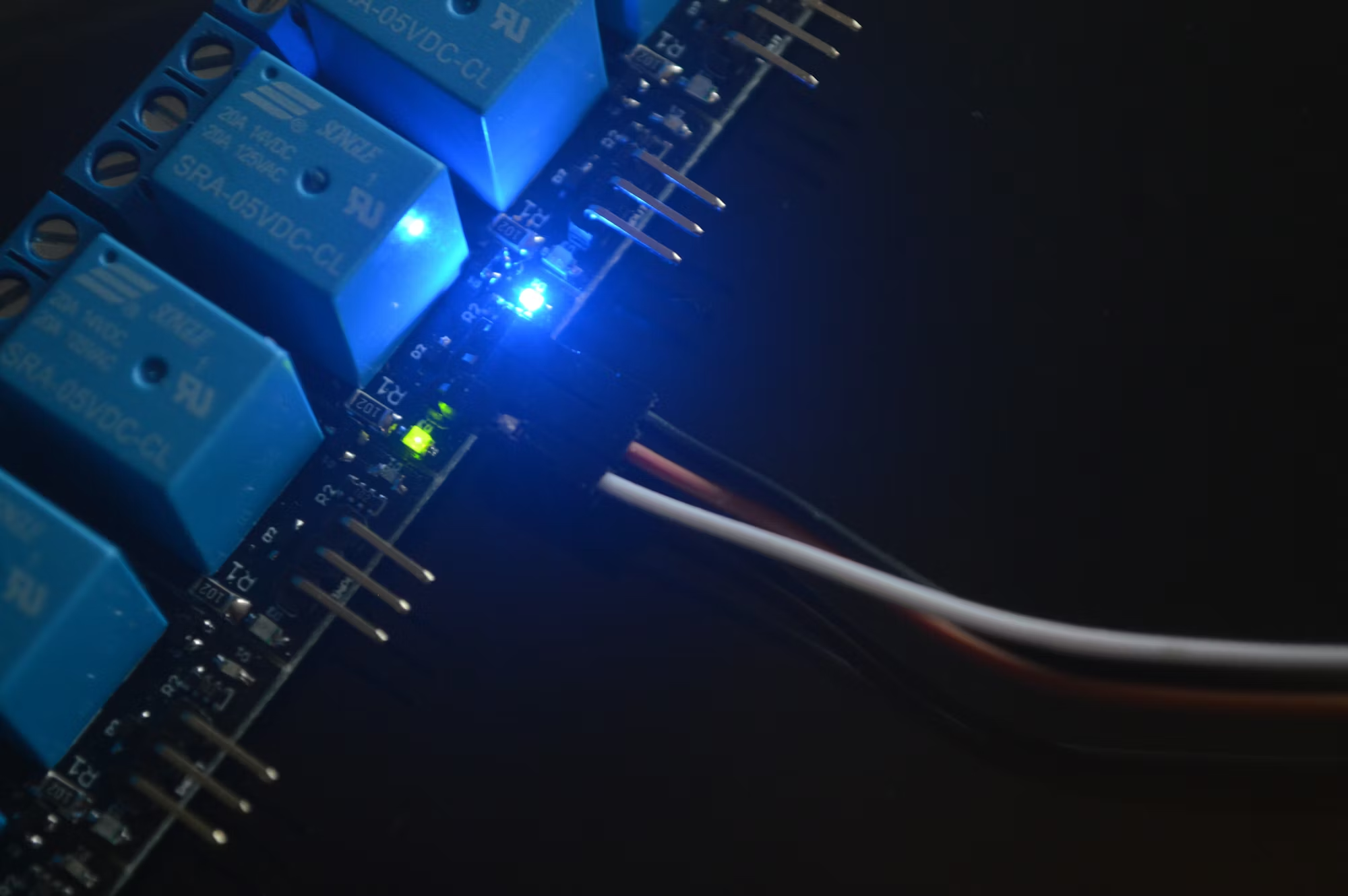As we advance into an era dominated by technology, the electronics industry continues to evolve, driven by innovations that enhance efficiency, connectivity, and user experience. From artificial intelligence to the Internet of Things (IoT), emerging technologies are transforming how electronic devices operate and interact with one another. This article delves into some of the most significant trends shaping the future of electronics, examining their implications for consumers and manufacturers alike.
The Rise of Artificial Intelligence
Artificial intelligence (AI) is revolutionizing the electronics landscape by enabling devices to learn, adapt, and respond to user needs in real time. From smart home devices that adjust settings based on user behavior to advanced robotics capable of performing complex tasks, AI integration enhances functionality and convenience.
One of the most notable applications of AI in electronics is in voice-activated assistants. Devices like smart speakers utilize AI algorithms to process natural language, allowing users to control their environments with simple voice commands. This ease of use is driving adoption in households and businesses alike, making technology more accessible than ever.
Moreover, AI is enhancing data processing in devices, allowing for smarter decision-making and predictive capabilities. For example, in consumer electronics, AI-powered cameras can recognize faces and optimize image settings accordingly, resulting in better photographs with minimal user intervention. As AI technology continues to advance, we can expect even greater integration into everyday devices, further simplifying our lives.
The Internet of Things (IoT): A Connected World
The Internet of Things (IoT) refers to the network of interconnected devices that communicate and share data over the internet. This technology enables seamless connectivity between everyday objects, transforming how we interact with the world around us. IoT applications span various industries, including healthcare, transportation, and home automation.
In the realm of consumer electronics, IoT is making homes smarter. Devices such as smart thermostats, security cameras, and lighting systems can be controlled remotely through smartphone applications. This level of control not only enhances convenience but also promotes energy efficiency, as users can monitor and adjust their energy consumption in real time.
Additionally, IoT technology is making significant strides in healthcare. Wearable devices, like fitness trackers and smartwatches, collect health data and transmit it to healthcare providers, enabling remote monitoring and personalized care. This integration of technology into health management enhances patient outcomes and fosters proactive health practices.
Advances in Battery Technology
As electronic devices become more powerful and feature-rich, the demand for efficient and long-lasting batteries is more critical than ever. Advances in battery technology are pivotal in meeting this demand, particularly with the rise of portable devices and electric vehicles (EVs).
Lithium-ion batteries have become the standard for most electronic devices due to their high energy density and rechargeability. However, researchers are exploring alternative battery technologies, such as solid-state batteries, which promise increased safety and energy efficiency. Solid-state batteries utilize a solid electrolyte instead of a liquid one, reducing the risk of leaks and fires while also potentially offering higher energy capacities.
Furthermore, the development of faster-charging technologies is enhancing the user experience. Innovations such as gallium nitride (GaN) chargers allow devices to charge more rapidly without overheating, making it easier for users to keep their devices powered throughout the day.
Sustainable Electronics: Eco-Friendly Innovations
Sustainability is becoming a crucial consideration in the electronics industry, driven by increasing awareness of environmental issues. Manufacturers are adopting eco-friendly practices, from sourcing materials responsibly to designing energy-efficient devices that reduce carbon footprints.
One significant trend is the shift towards recyclable materials in electronics manufacturing. Companies are exploring biodegradable plastics and recycled metals, aiming to minimize waste and environmental impact. Additionally, many manufacturers are implementing take-back programs, encouraging consumers to return old devices for proper recycling and disposal.
Energy efficiency is another focal point in the push for sustainability. Devices are being designed to consume less power during operation and standby modes, reducing overall energy consumption. This not only benefits the environment but also lowers energy costs for consumers, creating a win-win scenario.
The Future of Display Technology
Display technology is rapidly advancing, with innovations enhancing visual experiences across various devices. From smartphones to televisions, the demand for high-quality displays continues to grow.
OLED (Organic Light Emitting Diode) technology has emerged as a frontrunner in display innovation. OLED screens offer vibrant colors, deep blacks, and wider viewing angles compared to traditional LCD displays. This technology is particularly popular in high-end televisions and smartphones, where visual quality is paramount.
Moreover, developments in flexible display technology are paving the way for new device designs. Foldable smartphones and curved displays are examples of how manufacturers are pushing the boundaries of traditional design. These innovations not only provide unique aesthetics but also enhance user functionality, allowing for more versatile device usage.
The Impact of 5G Technology
The rollout of 5G technology is set to revolutionize the electronics industry by providing faster, more reliable internet connectivity. With significantly reduced latency and increased bandwidth, 5G enables devices to communicate more efficiently, enhancing the capabilities of IoT and AI applications.
In practical terms, 5G technology allows for seamless streaming of high-definition content, real-time gaming, and instant data transfer between devices. This connectivity fosters the development of smart cities, where traffic management systems, energy grids, and public safety systems are interconnected for optimal efficiency.
Additionally, 5G supports the growth of autonomous vehicles, as these vehicles rely on rapid data exchange for navigation and safety. The ability to process vast amounts of data in real time will be crucial for the safe operation of self-driving cars, making 5G an essential component in the future of transportation.
Conclusion
As we look to the future, emerging technologies are set to redefine the electronics industry, creating opportunities for innovation and enhancing our daily lives. From AI and IoT to advancements in battery technology and sustainable practices, the landscape of electronics is rapidly changing. Understanding these trends is crucial for consumers and manufacturers alike, as we navigate this exciting new era of technological advancement. The integration of these technologies not only promises a more connected world but also encourages a more sustainable and efficient future for electronics.
Embracing these changes will be essential as we move forward, ensuring that the devices we rely on continue to evolve and enhance our experiences in a dynamic, technology-driven world.









